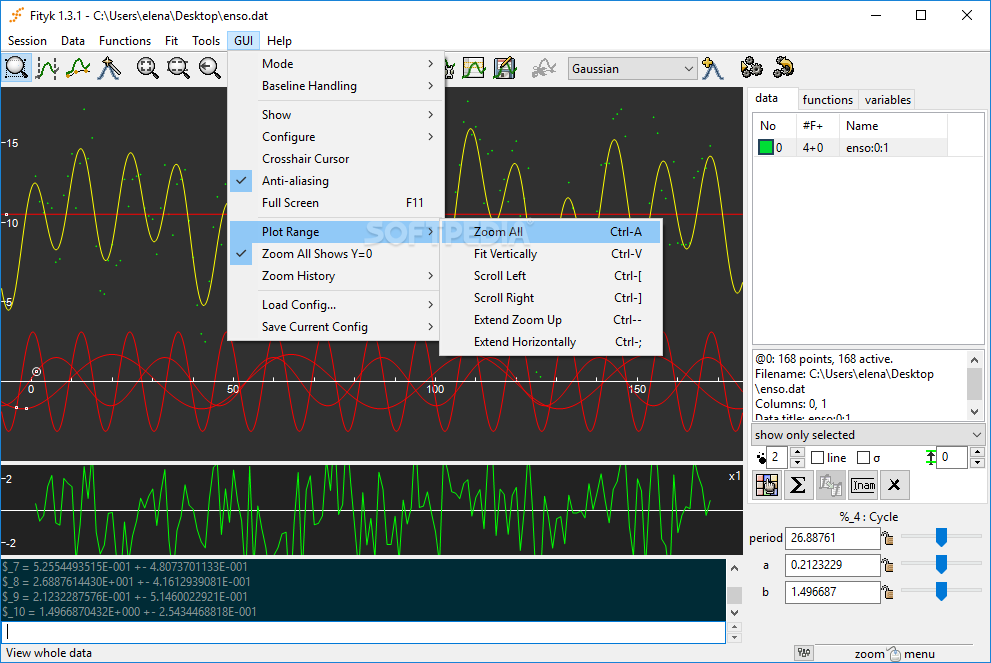


This study employs high-resolution multinuclear/multidimensional solid-state NMR techniques, with in situ synchrotron-based techniques, to study the prototype conversion material RuO2. The fluorides/oxides also exhibit additional reversible capacity beyond their theoretical capacity through mechanisms that are still poorly understood, in part owing to the difficulty in characterizing structure at the nanoscale, particularly at buried interfaces. These reactions are associated with much higher energy densities than intercalation reactions. Removing of functional oxygen groups and water molecules results in decreasing the distance between the graphene layers.read more read lessĪbstract: Metal fluorides/oxides (MF(x)/M(x)O(y)) are promising electrodes for lithium-ion batteries that operate through conversion reactions. Formation of additional amount of water due to functional oxygen group reduction leads to layer delamination. Reduction increases the C/O ratio to 2.8–10.3, decreases C sp3 content to 11.4–20.3 at% and also the content of C O C and C O groups, accompanied by increasing content of C OH and C OOH groups. All graphene oxide samples show the C/O ratio of 2.1–2.3, 26.5–32.1 at% of C sp3 bonds and high content of functional oxygen groups (hydroxyl-C OH, epoxy-C O C, carbonyl-C O, carboxyl-C OOH, water) (XPS). In graphene oxide and reduced graphene oxide prepared from the graphite the REELS indicates 8–11 and 7–10 layers. The REELS results are consistent with those by the XRD indicating 8 (FL-GOc) and 4 layers (FL-RGOc). The commercial graphene oxide (FL-GOc) shows a stacking nanostructure of about 22 × 6 nm average diameter by height with the distance of 0.9 nm between 6-7 graphene layers, whereas the respective reduced graphene oxide (FL-RGOc)-about 8 × 1 nm average diameter by height stacking nanostructure with the distance of 0.4 nm between 2-3 graphene layers (XRD). X-ray photoelectron spectroscopy (XPS) and reflection electron energy loss spectroscopy (REELS).

Atomic layer deposited AlOx overlayers effectively suppress ambient degradation, allowing encapsulated BP FETs to ma.read more read lessĪbstract: The commercial and synthesised few-layer graphene oxide, prepared using oxidation reactions, and few-layer reduced graphene oxide samples were structurally and chemically investigated by the X-ray diffraction (XRD), transmission electron microscopy (TEM) and electron spectroscopy methods, i.e. For unencapsulated BP field-effect transistors, the ambient degradation causes large increases in threshold voltage after 6 h in ambient, followed by a ∼103 decrease in FET current on/off ratio and mobility after 48 h. This interpretation is further supported by the observation that BP degradation occurs more rapidly on hydrophobic octadecyltrichlorosilane self-assembled monolayers and on H-Si(111) versus hydrophilic SiO2. Atomic force microscopy, electrostatic force microscopy, transmission electron microscopy, X-ray photoelectron spectroscopy, and Fourier transform infrared spectroscopy are employed to characterize the structure and chemistry of the degradation process, suggesting that O2 saturated H2O irreversibly reacts with BP to form oxidized phosphorus species. Abstract: Unencapsulated, exfoliated black phosphorus (BP) flakes are found to chemically degrade upon exposure to ambient conditions.


 0 kommentar(er)
0 kommentar(er)
